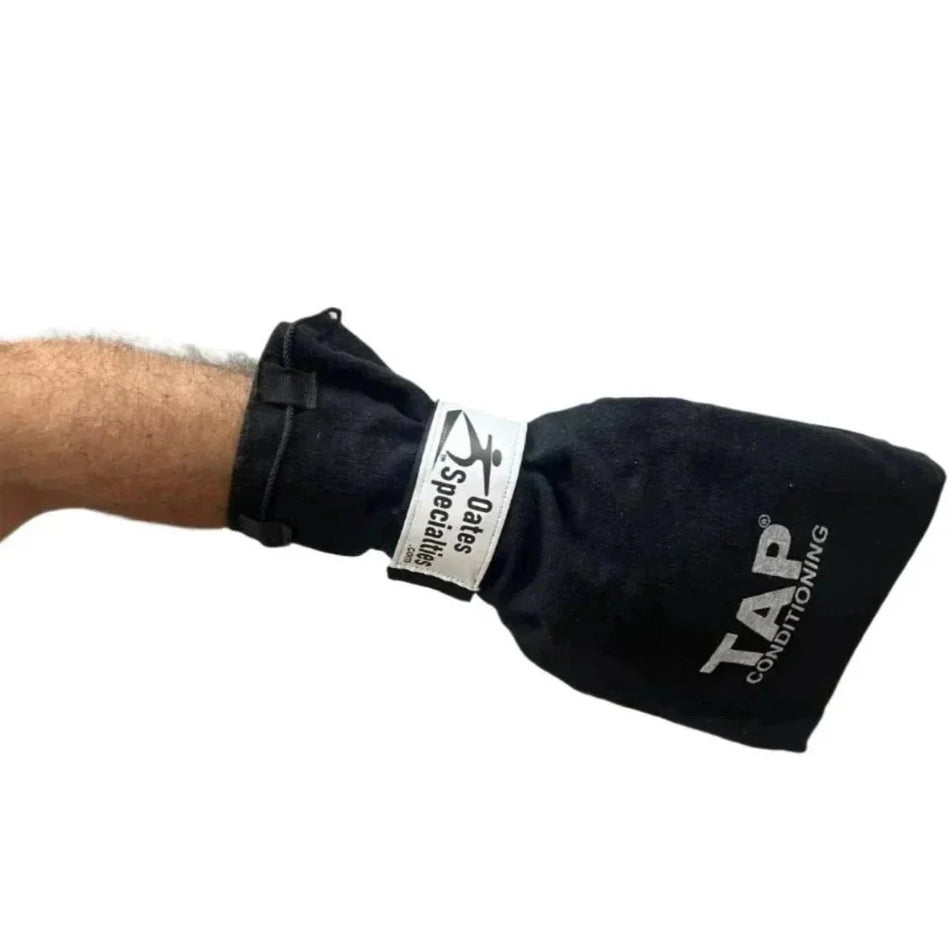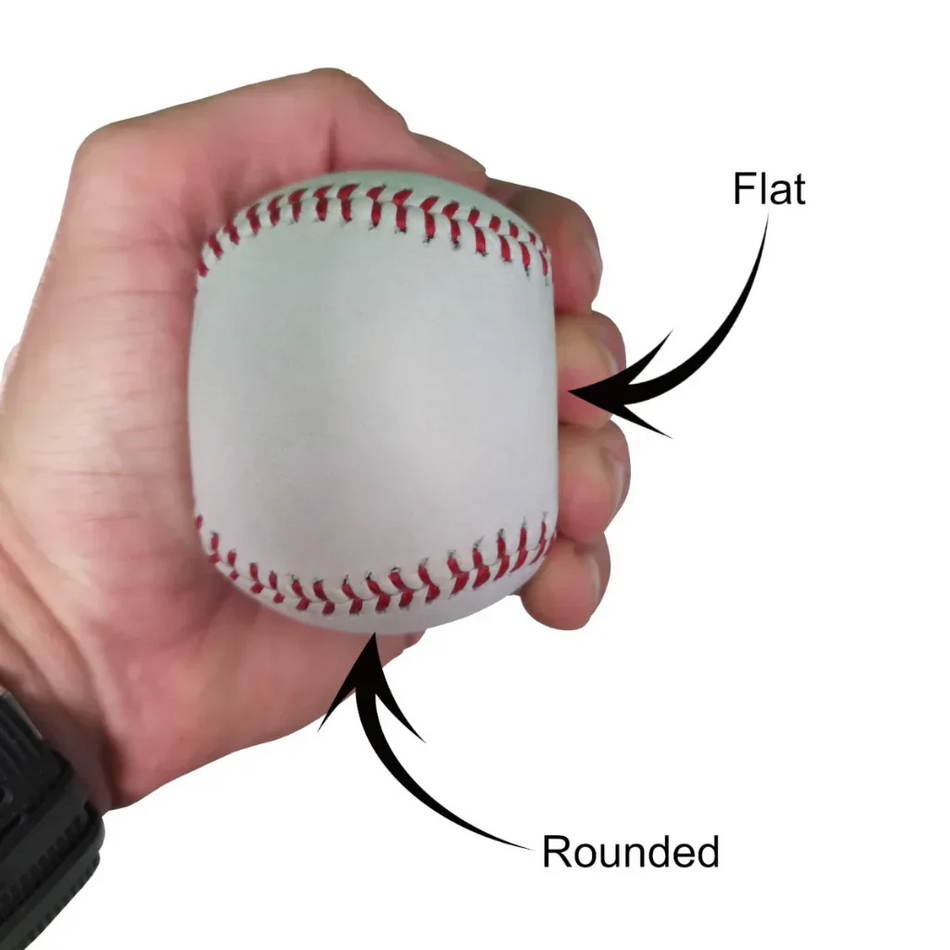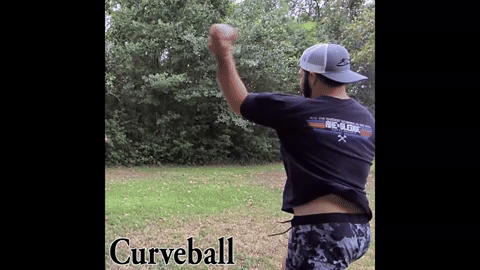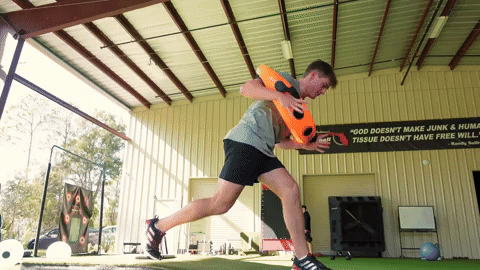Because my focus is on baseball players, both pitchers and hitters, the ATP energy system is the one of greatest interest and importance. However, if you are involved in any sport which requires explosive movements then this should be the system of greatest interest to you as well. As I said before, it is possible to specifically train the ATP system by engaging in short, high intensity repetitive bouts with proper rest intervals. Remember the ATP system provides energy during the first 12-15 seconds of activity and has the highest potential for power output. Using this knowledge, lets look at how it is possible to incorporate different areas of training with the goal of improving the ATP energy system (and as a result your explosiveness as an athlete)
Agilities:
For years coaches in many sports have had their players do flat rung ladders, 6 inch and 12 inch agility hurdles, and/or agility rings to warm up and prepare for practice or games. Most coaches know this is a great way to get their players lathered up and can improve footwork and quickness. But in many instances players are going through the ladders or jumping over the hurdles at a low intensity for up to a minute at a time. This is what has to change. Instead, athletes need to attack agilities for short durations. The duration ideally needs to be 12 seconds or less so that they are relying on the ATP energy system. The best way to do this is to measure their agilities by time and distance. This can be accomplished by having your athletes mark which rung on the ladder they made it to or how many hurdles they were able to make it over during the set time. Then repeat this same agility after the athlete fully recovers (breathing returns to normal) and have them try to get past the point they reached the first time through. It really doesn't matter if the time is 5, 8, or 12 seconds because the right energy system is still being trained. Ideally you will mix up the times involved with some days being very short (such as 3 seconds) with other days being longer up to 12-15 seconds.
Strength Training:
I think one of the biggest misconceptions in all of sports has to be weight room training. So many weight programs, including the majority of MLB organizations are promoting the conventional lifts which have been around for decades such as bench press and squats. Do you realize that when you load up the weight on these lifts you are actually training your body to move more slowly? Elite track and field coaches are understanding this and are trying to change how they train. They are actually looking for strength exercises where they can still be explosive and train the fast twitch ATP system while getting stronger. Many have found the Speed Chains (Click Here) to be exactly what they wanted. This is not to say weight room training cannot be tweaked to become very beneficial. Check out Pittsburgh Steelers' Safety Troy Polamalu and the explosive, dynamic way he trains in the weight room (Click Here). He is one of the hardest hitters in the NFL and yet do you see him lifting any heavy weights in slow, controlled movements. He is training his body to be amazingly quick yet still powerful. You can tremendously improve your weight room workouts if you lighten the weight your athlete is lifting and instead of establishing the number of reps to complete in a set see how many reps they can get in a certain time (keeping the time under 15 seconds and within the ATP system of course). You would be surprised how hard of a workout this will be for athletes even when the lifts are only pushups, pull-ups, body weight squats, box jumps, reverse body rows etc.
Running/Conditioning:
It seems like when people talk about conditioning/running its always about a set distance whether it's a 100 yard sprint or a 60 or 40 yard dash. What if you changed that and made it all about time? See how far you or your athlete can run in 5 or 10 seconds. Mark that distance with a cone or some object for the athlete to see and once they recover have them try and make it past that point in the same time frame. This will keep athletes training at higher intensities and won't allow them to slack off, or at least it will be obvious if they do. They will have to constantly battle against themselves and will always have a goal (set distance) to strive for. Long distance running in baseball or any other high intensity, explosive sport really has no place. When was the last time you saw an athlete jog in baseball (besides rounding the bases after a homerun), or football, or track? Running for 6 minutes, or 10 minutes, or a half an hour is training the wrong system (the oxidative system) and really has no carry over to high performance in many sports. Not to mention it is far more demanding to do high intensity sprint and agility work than to pound out a mile or two. Although I only touched on agilities, strength training, and conditioning you can modify any work you do on or off the field to better train your athletes. The key is to keep the duration of the exercise less than 15 seconds and to try and allow the athlete enough time to catch their breath or at least give them as much time as they would have in a game to recover. By training this way it is possible to increase athleticism and explosiveness by expanding the capacity of the ATP energy system and by training the system to recover more quickly. This will really pay dividends in performance if you take the time to implement the small changes necessary to train the right way.
In order to be an explosive, dynamic athlete you must train to be one. I know that may seem obvious and far from genius but think about how you or your athletes train. Do you ever just go through the motion? Just get your "reps" in? Have you ever said before a sprint, "Just stride it out." By doing things 75% of full speed you aren't increasing your athleticism, explosiveness, or speed in any way and therefore aren't making the gains which can really set you apart from the rest.
I'll leave you with something my pitching coach Ron Wolforth often says, "If you do what everybody else does you are going to get what everybody else gets." So change those workouts from run of the mill ordinary to something with purpose which will set you apart from the pack.
Brian Oates
Follow me on twitter: @oatesspecialty
email: brian@oatesspecialties.com














































